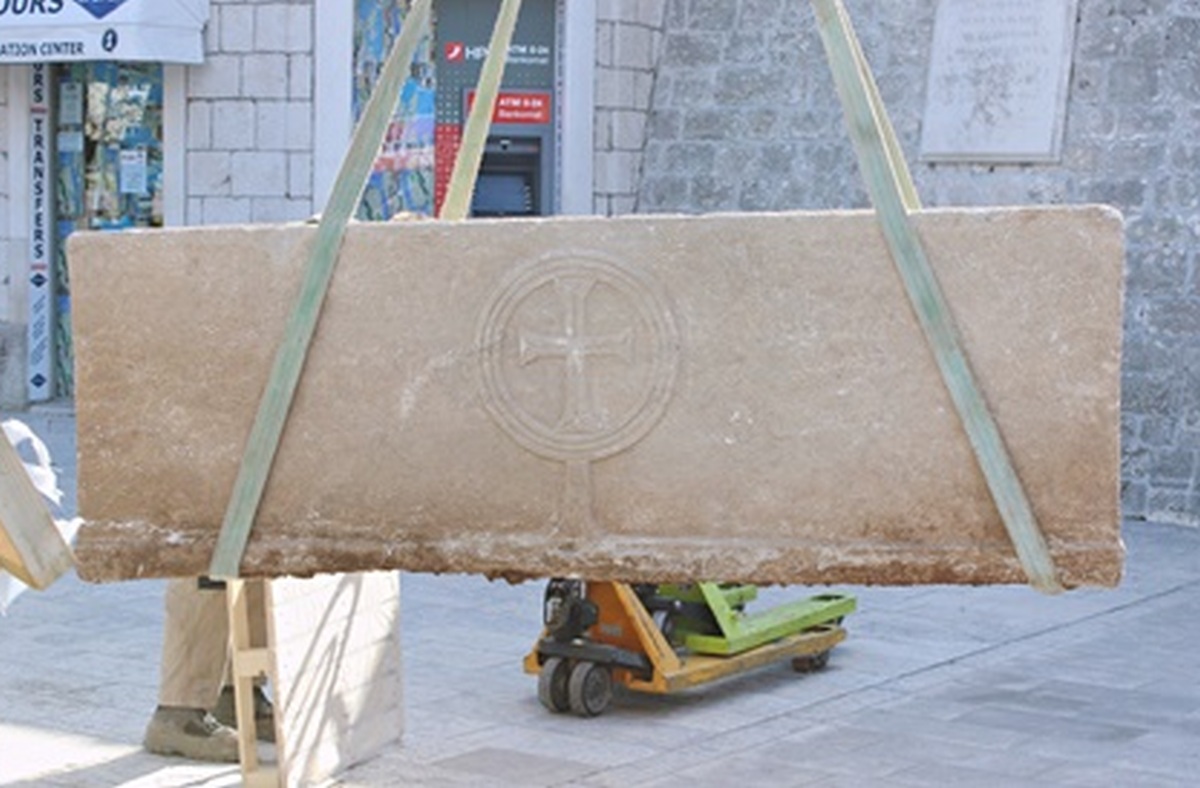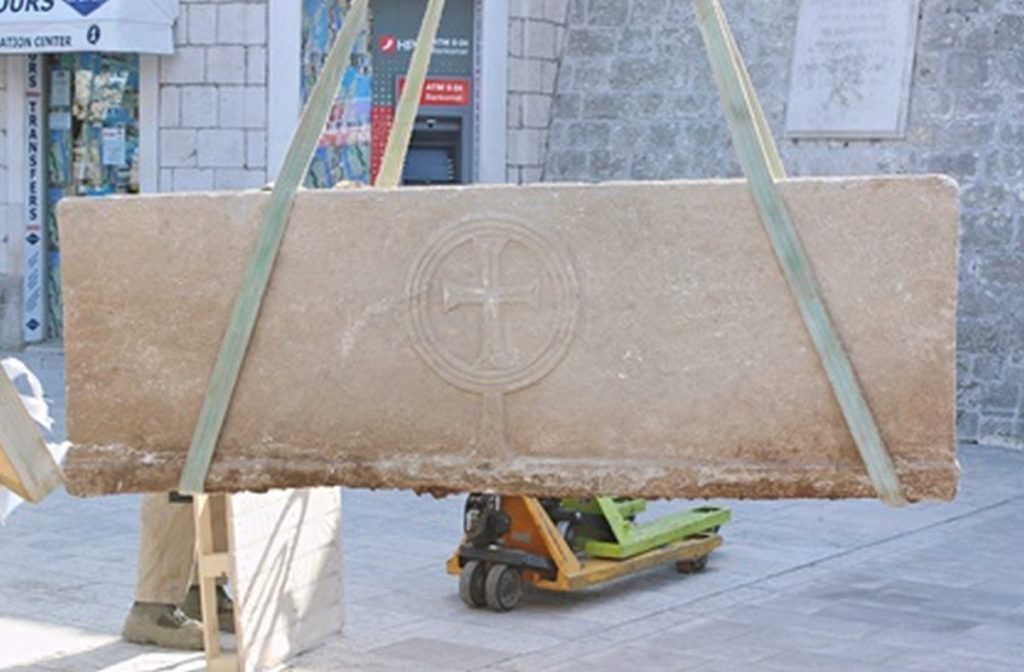February 21, 2020 – A recently discovered 6th-century sarcophagus in Trogir has a message for citizens of the 21st-century.
Dalmacija Danas reports that a stone sarcophagus arrived at the Trogir City Museum this week, which was discovered by archaeologists from the company Temenos d.o.o when exploring several late antique graves and tombs on Put Ribola.
The ancient attraction, however, was mistaken for a garbage bin my many passersby on Wednesday, prompting clever signage that honors the antiquity of the stone coffin.
Namely, popular satirical Facebook page ‘Daily dose of the average Dalmatian’ posted a photo of the sarcophagus with a message to citizens.
“I am not a bin for garbage but a sarcophagus from the 6th century!”
The comments, as expected, are entertaining as ever.
“And not just any 6th-century sarcophagus. I am a sarcophagus who knows how to write, print and paste this message to you, an evil man of the 21st century!”
“Typical Dalmatian, we have been using the same bin for millennia and a half!
“Great to see how we treat our historical heritage! What is that sarcophagus doing in a street where everyone can throw garbage in it!? Isn’t this intended for a museum or other institution? What a shame.”
This sarcophagus is a representative of the geometric style characteristic of the 6th-century sarcophagi that were produced in Brac-Salona workshops, which were popular not only in central Dalmatia but were exported throughout the eastern Adriatic coast as well as Italy. It is a tomb of the better-known late antique Trogir, in which two deceased were buried, which we will know more about after the anthropological analysis of the remains.

Trogir City Museum
The cemetery’s findings indicate the existence of a larger economic-country complex (villa rustica) in the area of Ribola in the late antique period (4th – 7th centuries), where a church was erected in the Middle Ages, as evidenced by the map of Trogir from 1828, whose name so far, has not been revealed.
It is worth noting that P. Andreis mentions as many as four churches in the Red Land (Ribola) area, with the ruins still visible today.
To read more about lifestyle in Croatia, follow TCN’s dedicated page.











